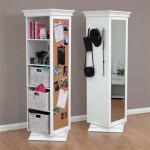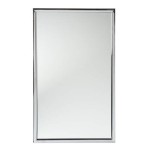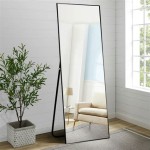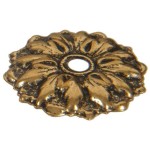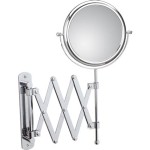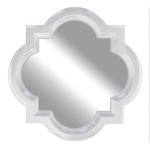Sliding Glass Door Mirror Tint
Sliding glass doors offer expansive views and natural light, but they also present challenges regarding privacy, heat control, and glare. Mirror tint film provides a practical solution to these issues, enhancing both the functionality and aesthetics of sliding glass doors in residential and commercial settings. This article explores the benefits, types, installation process, and maintenance of mirror tint for sliding glass doors.
Enhanced Privacy
One of the primary advantages of mirror tint is its ability to create a one-way mirror effect. During daylight hours, the reflective exterior surface prevents outsiders from seeing inside, providing increased privacy. This feature is particularly beneficial for homes and businesses located in densely populated areas or near streets.
Heat and Glare Reduction
Mirror tint effectively reflects a significant portion of solar radiation, minimizing heat gain during warmer months. This reduces the strain on air conditioning systems, leading to lower energy consumption and cost savings. Additionally, the reflective properties of the film mitigate glare from the sun, improving interior comfort and protecting furnishings from fading.
UV Protection
Prolonged exposure to ultraviolet (UV) radiation can damage furniture, flooring, and artwork. Mirror tint films block a substantial percentage of UV rays, safeguarding interior belongings from fading and deterioration. This protective layer helps maintain the quality and longevity of valuable assets within the space.
Improved Aesthetics
Mirror tint can enhance the exterior appearance of a building by creating a uniform, reflective surface across sliding glass doors. This can modernize older buildings and contribute to a sleeker, more contemporary aesthetic. The reflective surface can also blend the building with its surroundings, minimizing its visual impact on the landscape.
Types of Mirror Tint Film
Several types of mirror tint films are available, each with its unique characteristics. These include metallized films, dyed films, and hybrid films. Metallized films offer superior heat rejection and durability but can interfere with radio frequency signals. Dyed films are more budget-friendly but may fade over time. Hybrid films combine the benefits of both metallized and dyed films, offering a balance of performance and affordability.
Installation Process
Proper installation is crucial for maximizing the effectiveness and longevity of mirror tint. The process typically involves thoroughly cleaning the glass surface, applying a soapy water solution, carefully positioning the film, and using a squeegee to remove air bubbles and excess water. While DIY installation is possible, professional installation is recommended for optimal results and a flawless finish. Professionals possess the expertise and tools to ensure a precise and bubble-free application.
Maintenance and Care
Maintaining mirror tint film is relatively straightforward. Regular cleaning with a mild soap and water solution is sufficient to remove dirt and grime. Avoid using abrasive cleaners or tools, as these can scratch or damage the film. With proper care, mirror tint can last for many years, providing long-term benefits.
Security Enhancement
While not a substitute for dedicated security film, mirror tint can offer a degree of added security. The reflective surface makes it more difficult for potential intruders to see inside, deterring opportunistic crimes. Furthermore, some mirror films are designed to hold shattered glass together in the event of breakage, providing an additional layer of protection.
Cost Considerations
The cost of mirror tint film varies depending on factors such as the type of film, the size of the sliding glass doors, and the complexity of the installation. While professional installation typically incurs a higher upfront cost, it can ensure a longer lifespan for the film and prevent issues arising from improper installation. It's essential to weigh the initial investment against the long-term benefits of reduced energy costs, enhanced privacy, and improved aesthetics.
Choosing the Right Mirror Tint
Selecting the appropriate mirror tint for sliding glass doors requires careful consideration of various factors. These include the desired level of privacy, the climate, the building's aesthetics, and budget constraints. Consulting with a professional window film installer can provide valuable insights and recommendations based on specific needs and circumstances. They can assess the property, discuss available options, and help determine the best solution for maximizing the benefits of mirror tint.

Tint For Sliding Glass Door Home Window Tinting Commercial

Tint For Sliding Glass Door Home Window Tinting Commercial

Mirror Silver Privacy One Way Pro Window Tinting Sticky Back Tint

Tint For Sliding Glass Door Home Window Tinting Commercial

Get Door Tinting For Protection Tintingchicago

Tint For Sliding Glass Door Home Window Tinting Commercial

Reflective Privacy Protecction Sliding Glass Door Window Tint China Building Construction Made In Com

Elevate Your Sliding Door Tinting With Window Supplier In Malaysia

One Way Mirror Tint Window Sun Glare Reduction For

One Way Mirror Adhesive Roll 60 X 100 Window Privacy Mirrors

